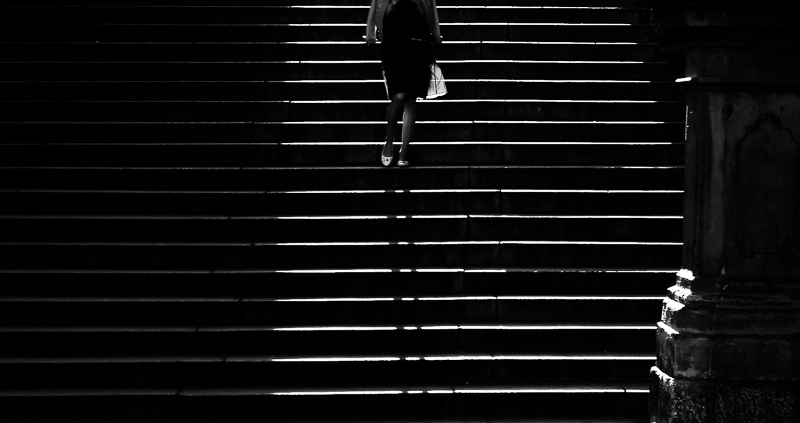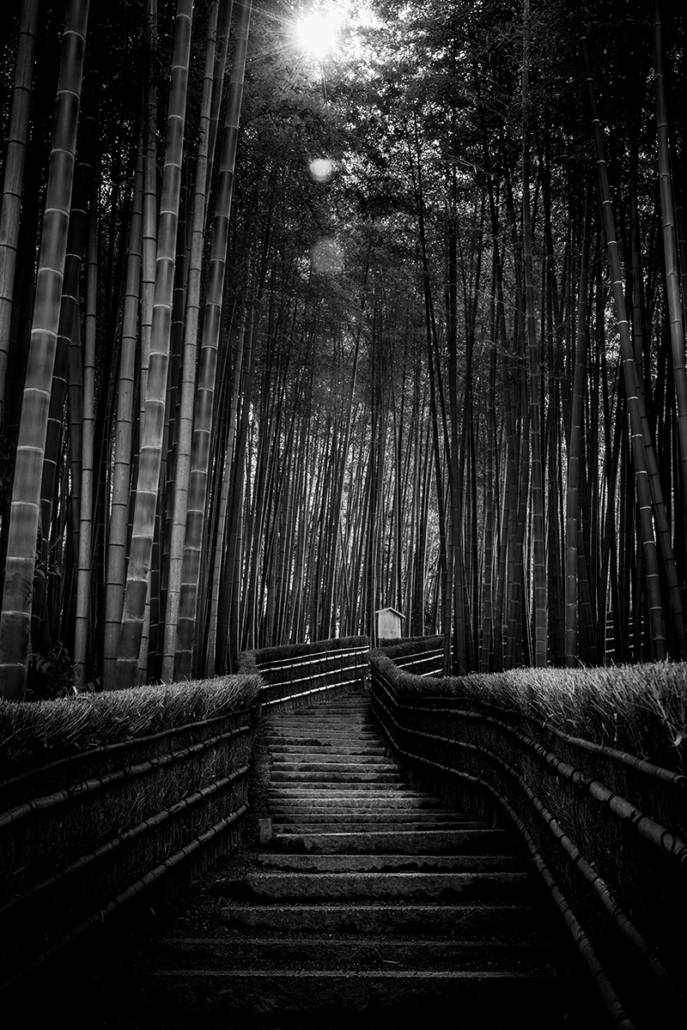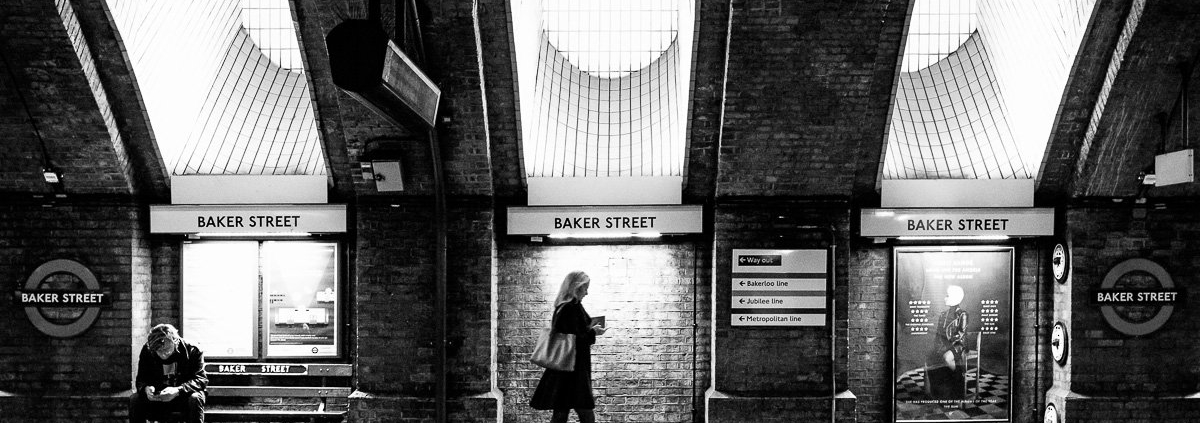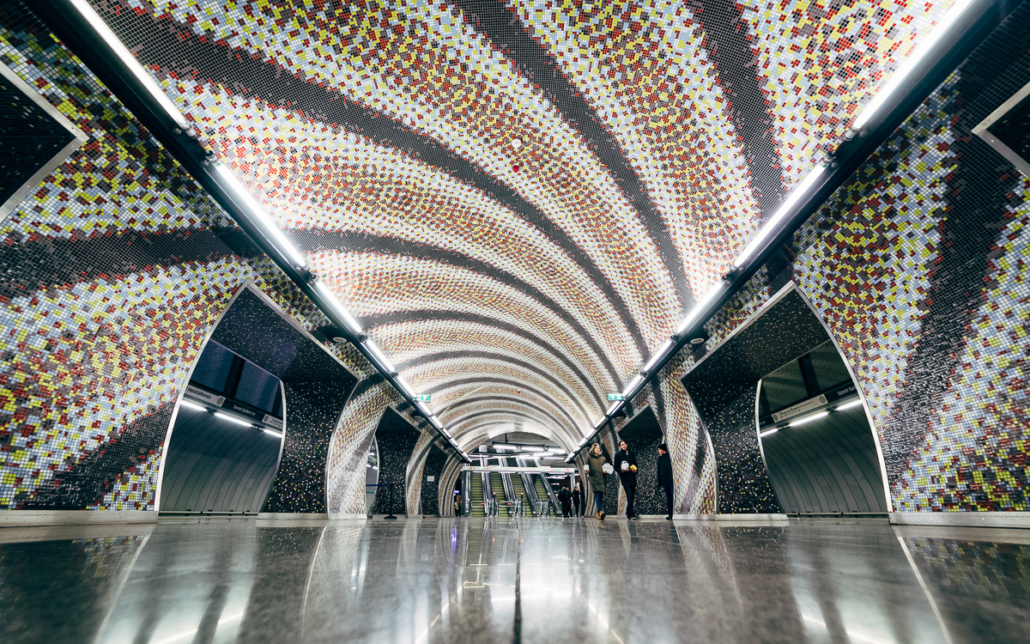We all know this feeling. You’ve been taking photos for a few hours, the whole day maybe. Your memory card has tens, hundreds of new photos on it. Some are test shots, some are “why not?” opportunistic shots, some are good or maybe even pretty good ones… But there are always those 2, 3 photos that you’ve spent so much time owning the scene, waiting for the right moment, you made the stars get in line to make this happen. And it happened, you got them. And like a kid at Christmas, you want to see them, post process them and, obviously, share them on your portfolio, your Facebook page or you Instagram account.
Yes? No? Well, at least, I know I do.
Or at least, I know I did.
Because when you unload your memory card in your computer, you do not look at the whole picture (pun intended), the entire session. You go directly to those few shots, that you know at the ones, that you want to edit right know, the way you imagined them. Before you forget, before it’s too late!
The result? A few pretty good photos indeed, quite a few “like” on your favorite social network, and that’s it. A bit underwhelming actually, face to what amazing photo you thought you had in your hands.
Exactly, what you thought you had. What I often thought I had.
Arashiyama Bamboo forest. Kyoto, Japan, 2015. The original, processed-on-the-day file was an ugly HDR-ish photo. Redone 15 months later, it’s a classy black and white shot. Get a print.
–
The emotional link between a photographer and a photo he has just taken is not always right. It is more often linked to how difficult, how long it took, what skills he had to use rather than to the actual content of the photo. Unfortunately, a photo that was hard to take is not necessarily a good one. The effort spent, the complexity of the shooting is not a warranty of success. When judging with your heart rather than your brain you are not critical enough about your work. And trust me, being able to self critic his own work is a fantastic tool for a photographer.
Furthermore, one tends to overprocess the photo they work on just after a shoot, trying to recreate the scene that remains in memory, and maybe make it even better. The result, often, doesn’t meet the expectations. Over saturation, high contrast and excessive clarity are a frequent “rapid edit” mistake.
In the other hand, an easy shot doesn’t mean a bad one. Those are the ones you won’t necessarily remember after a session, you’ll maybe look over and forget because of those few other “awesomely awesome” shots, but…
This is something I figured out with my Long Legs photo from Prague. I totally forgot this photo. It is a “snapshot” I’ve taken while trying to get a totally different scene. I wanted to have the sun right were I wanted, as little crowd as possible… and I took this photo while waiting. Back home I’ve processed the few 10-15 photos I thought were the ones of that day, including a few of this scenery. And guess what? The 3 photos I really do like from this selection are not even from the scenery I waited for a long time to shoot! I was emotionally link to them, but as a result and after a few days, this link has faded, they weren’t such good shots in the end. BTW, I found Long Legs almost a month after I came back from Prague on my hard drive, totally forgotten. I almost broke my head on the wall when I figured out what I missed.
And I can tell you that I missed quite a bunch of good shots, being to emotional, and too fast, after a day shooting. Now, I take my time, there is no rush 🙂
Long legs. Prague, 2016. Almost forgotten in a corner of my hard drive. Get a print.
–
So, what is the take away of that story? To just take your time 🙂 Of course, it may not apply to everyone, I refer to pros that need to have a very rapid turnover. But, well, they’re pros for some reason, right? Let’s resume it like this:
- Let things cool off. I just do after a session a backup of the photos of the day and a basic culling with Photo Mechanic: I want to get rid of the blurred/not in focus/duplicated photos… ASAP. There is no point on keeping them.
- Edit when you’re cold. A few days later is another culling session, from an editor(-ish) point of view. This is were the heavy lifting is performed. However, I have broken, or at least reduced, this emotional link. I can be more critique about my work, and I have a much better view on what I have achieved then. I am led by my brain, not by my heart.
- Then, the post processing can start. On a much lower number of much better photos.
The beautiful thing with digital photography is the instant feedback, and the instant gratification that goes with. This is an awesome perk, but I’ve also figured out it could be my enemy. This is one of the reasons why I like to shoot digital like I’d shoot film.
Baker Street Underground station. London, UK, 2016. Get a print.
Baker Street is not only known for the 221B, house of the famous Sherlock Holmes! It also hosts a fantastic underground station. I found this during a short business trip I recently did in London. This tube station opened in 1863, as one of the stop of the very first lines. It has since been extended with 3 additional lines. Because of that, its layout is quite complex, mixing different architecture styles across the platforms. While I was looking for this particular platform, I started by the newest one, getting back in time the further I progressed. Interesting trip in time, really 🙂
The older platform, pictured here, hosts the Hammersmith and City Line, one of the 2 first lines that opened in 1863. It represents quite well the Victorian architecture that was en vogue then. The pseudo arches with white tiles mimic the light from the outside. Pretty interesting! It’s really a fantastic place that deserves a visit! It was already quite late in the evening, so the platform was not too full. I noticed this well dressed woman, I rushed to place myself so that I can frame her between two men, the one sitting, and the one on the poster. An almost perfect symmetry! Once again, I love to mix architecture, geometry and people in my urban photography, and this photo does is pretty well I think. I hope you enjoy it !
Please also note that no saxophones were hurt while taking this photo 😉 However I have been having Gerry Rafferty’s song in my head for the past week!
Do you like this photo? Why not getting an original, signed fine art print in limited edition?
EXIFs:
- Camera:Fujifilm X100T
- Aperture: ƒ/4.0
- Focale: 23mm
- Shutter speed: 1/60s
- ISO: 3200
- Copyright: Pierre Pichot 2016, all rights reserved
Szent Gellert Ter station. Get a print!
The M4 line is the newest metro line opened in Budapest, Hungary. Also known as the Green Line, it has opened in March 2014. The first section is 10 stations long, from the North-East of the city to the South-West, having to go under the Danube.
The most interesting about this metro line remains the impressive architecture of the stations. As the line goes under the Danube, the stations have been constructed quite deep in the ground, and interesting architectural solution have been found.
Find more about my journey around 3 impressive metro stations in Budapest represented with no less than 14 photos by checking my new Photo Essay: Budapest Metro stations!
Also, give a look to the collection of all my Photo Essays.

 Pierre Pichot 2016
Pierre Pichot 2016

 Pierre Pichot 2016
Pierre Pichot 2016

